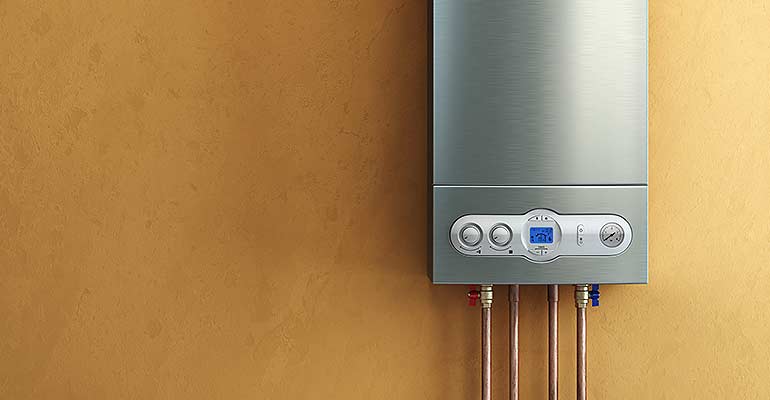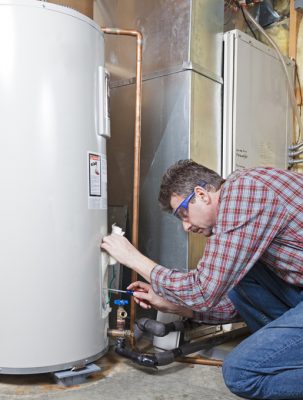Presented here down the page you'll find lots of helpful help and advice pertaining to Tips For Maintaining Your Hot Water Heater.

Hot water is necessary for daily convenience, whether it's for a refreshing shower or cleaning recipes. To ensure your hot water system runs efficiently and lasts much longer, routine upkeep is vital. This article offers useful ideas and insights on how to preserve your home's warm water system to prevent disruptions and expensive fixings.
Introduction
Maintaining your home's warm water system could seem challenging, however with a couple of simple steps, you can guarantee it runs smoothly for years ahead. This guide covers everything from comprehending your warm water system to do it yourself maintenance suggestions and understanding when to employ specialist help.
Significance of Preserving Your Warm Water System
Normal upkeep not only prolongs the life-span of your warm water system yet also ensures it operates efficiently. Disregarding upkeep can lead to decreased effectiveness, higher energy expenses, and even early failing of the system.
Signs Your Hot Water System Needs Maintenance
Knowing when your hot water system needs interest can stop significant problems. Watch out for indications such as inconsistent water temperature, unusual sounds from the heating system, or corroded water.
Purging the Hot Water Heater
Flushing your water heater eliminates sediment accumulation, enhancing performance and prolonging its life.
Checking and Changing Anode Rods
Anode rods prevent deterioration inside the tank. Examining and replacing them when broken is important.
Complicated Issues Requiring Professional Aid
Instances include major leaks, electric troubles, or if your hot water heater is continually underperforming.
Regular Expert Maintenance Conveniences
Specialist upkeep can include complete examinations, tune-ups, and making sure compliance with safety criteria.
Checking and Changing Temperature Settings
Readjusting the temperature settings makes certain ideal performance and safety and security.
Do It Yourself Tips for Maintenance
You can perform numerous maintenance jobs yourself to maintain your warm water system in top condition.
Looking for Leaks
Regularly check pipes and links for leaks, as these can lead to water damages and higher costs.
Comprehending Your Warm Water System
Before diving right into maintenance tasks, it's practical to comprehend the standard elements of your warm water system. Usually, this consists of the water heater itself, pipes, anode poles, and temperature controls.
Regular Monthly Upkeep Tasks
Routine month-to-month checks can assist capture minor concerns before they rise.
Testing Stress Alleviation Valves
Evaluating the stress safety valve guarantees it functions appropriately and prevents extreme stress buildup.
Protecting Pipes
Insulating hot water pipelines minimizes heat loss and can conserve power.
When to Call a Professional
While DIY maintenance is beneficial, some problems require expert competence.
Conclusion
Normal maintenance of your home's hot water system is necessary for efficiency, durability, and expense financial savings. By complying with these pointers and knowing when to seek expert aid, you can make certain a reputable supply of warm water without unanticipated interruptions.
How to Maintain an Instant Hot Water Heater
Before tinkering with your hot water heater, make sure that it’s not powered on. You also have to turn off the main circuit breaker and shut off the main gas line to prevent accidents. Also turn off the water valves connected to your unit to prevent water from flowing into and out of the appliance. 2. When you’re done, you have to detach the purge valves’ caps. These look like the letter “T†and are situated on either side of the water valves. Doing so will release any pressure that has accumulated inside the valves while at the same time avoid hot water from shooting out and burning your skin. 3. When the purge valves’ caps are removed, you have to connect your hosing lines to the valves. Your unit should have come with three hoses but if it didn’t, you can purchase these things from any hardware or home repair shops. You can also get them from retail stores that sell water heating systems. Read the user’s manual and follow it to complete this task properly. When the hosing lines are connected, open the purge port’s valves. 4. You should never use harsh chemical cleaners or solutions when cleaning your unit. Make use of white vinegar instead. It should be undiluted and you’ll probably use about 2 gallons. 5. Now flush your water heater. This task should probably take about 40 minutes. We can’t give you specific directions for this because the procedure is carried out depending on the type, model and brand of your heater. With that being said, refer to the user’s manual. 6. When you’re done draining the unit, you have to turn off the purge port valves again. Remove the hosing lines that you earlier installed on each of the water valves. Put the valve caps (purge port) back in their respective places and be very careful so as not to damage the rubber discs that are found inside these caps. 7. Now that everything’s back in place, check your user’s manual again to find out how to reactivate your water heating system. 8. Once it is working, turn one of your hot water faucets on just to let air pass through the heater’s water supply pipes. Leave the tap on until water flows smoothly out of it. https://www.orrplumbing.com/blog/2014/september/how-to-maintain-an-instant-hot-water-heater/

As a fervent person who reads about Water Heater Maintenance Tips You Can't Afford to Forget, I think sharing that topic was necessary. Kindly set aside a second to promote this blog entry if you appreciated it. Thanks so much for your time invested reading it.
Click Here To Read More